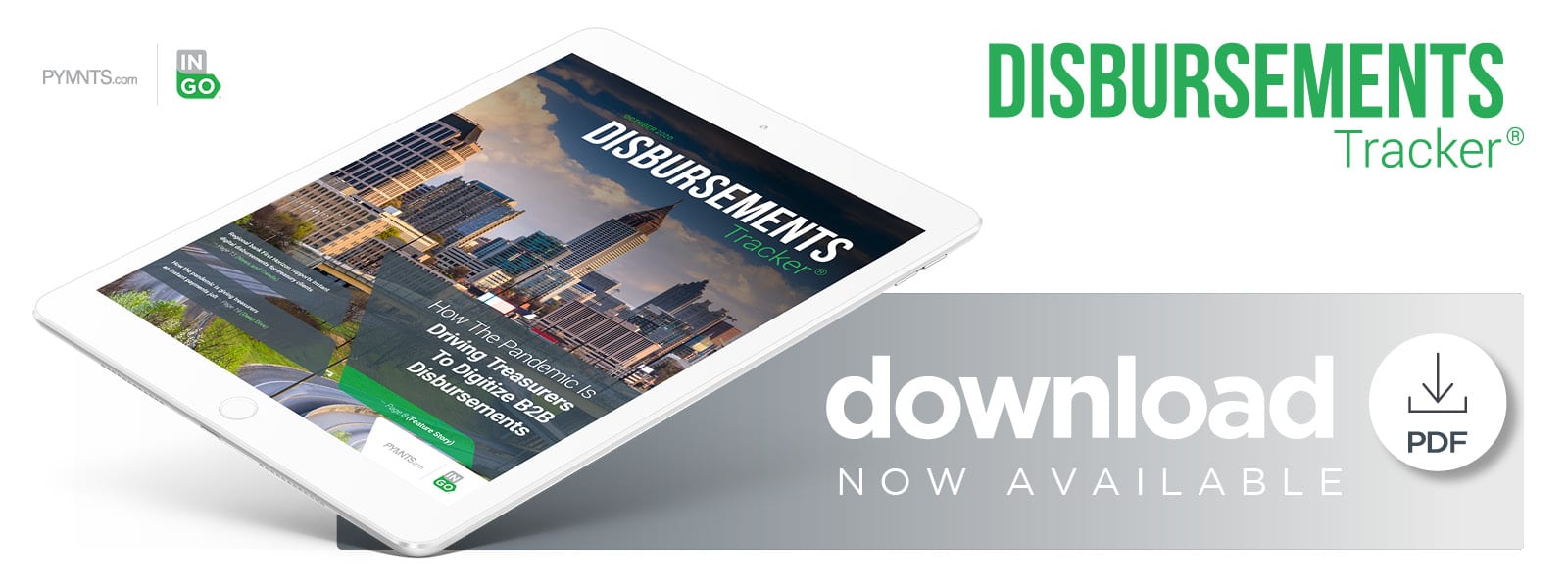Deep Dive: How The Pandemic Is Giving Treasurers An Instant Payments Jolt

A thorough knowledge of one’s cash flow is a necessity, and lacking such transparency can hinder a company’s ability to do everything from paying rent and finalizing future quarters’ budgets to compensating employees. The ongoing pandemic is also changing the status quo regarding cash flows and placing greater emphasis on quick transactions. Treasury or cash management services that used to be fast enough may therefore no longer be adequate as businesses fight to stay afloat during the economic downturn.
Numerous businesses — especially small- to medium-sized businesses (SMBs) — still utilize paper checks for many of their B2B payments, and the method’s frictions have deepened in recent months. Fifty-nine percent of firms still use paper checks for their accounts payable (AP) processes, for example, and 61 percent are still utilizing them for their accounts receivable (AR) needs. The pandemic appears to be pushing many toward other methods, however, with studies revealing a rising number of companies reporting interest in real-time or instant payment methods. One recent survey found that 68 percent of corporate businesses considered real-time payments to be the most important factor when starting new relationships with financial institutions (FIs). Interest in the Real-Time Payments (RTP) system from The Clearing House (TCH) is growing in the U.S., with only 9 percent of businesses in one study claiming they did not plan to integrate it.
Firms eager to implement instant payments may find themselves hamstrung by their paper check reliance, however, putting the impetus on their banking and treasury partners to support such a shift. The following Deep Dive examines what is keeping treasury services and businesses from integrating instant payments, why enabling these methods at speed is critical and why moving to these systems will affect the B2B and treasury spaces for decades to come.
Breaking Away From Checks
Most banks, businesses and treasurers have been aware of checks’ challenges for several years. Digital technologies’ rise has boosted users’ expectations for swift payments and reduced their satisfaction with older, paper-based methods. Checks are cumbersome and costly for businesses and FIs, with a price tag of about $8 to $10 per processed check, and they can take up to 15 days to process.
Fraudsters are also taking more advantage of checks’ friction points as payment systems become more digital, with check fraud increasing in recent years. This form of fraud represented 60 percent of deposit account attacks in 2019, for example, and it cost businesses and banks $15.1 billion in 2018 compared to $8.5 billion in 2016. Checks are still the most popular B2B payment method despite these drawbacks,
accounting for 42 percent of such transactions in 2019. The reason for this is simple: Checks are difficult to wholly replace as a payment method because they are deeply ingrained in the disbursements world. Businesses and their treasurers have typically worked around checks’ weak points as they gradually shift toward more digital payment options. This strategy has become unwieldy and unsustainable during the pandemic, however, especially as payment speed and transparency have grown more crucial to weathering the crisis.
Companies must monitor even minute shifts in payments’ statuses. Thirty-seven percent of SMBs claimed that cash flow was their top concern in 2019, according to one recent report, but the pandemic is rapidly shifting companies’ views and priorities. Waiting 15 days for a single check to clear can have disastrous financial consequences for these entities, making real-time disbursements a must for firms. It appears that the pandemic is breaking checks’ hold on businesses, but it is now up to their payment and treasurer partners to offer the support they need to leave paper-based payments behind for good.
The Instant Payments Infrastructure Challenge
Treasurers have been cognizant of this digital shift as well as the difficulties that paper checks present for B2B transactions during the pandemic. Forty-seven percent of treasurers in one recent survey reported being interested in enabling real-time payments, for example. Facilitating real-time payments for their business clients may require many treasurers to rethink the foundations of their payments infrastructure, however. A multitude of FIs are still running their payment rails on outdated, legacy infrastructures built to support checks rather than instant payments. Renovating such systems is costly, with 29 percent of treasurers citing a lack of resources as the main reason they failed to centralize their treasury processes and ultimately upgrade their systems.
Bridging the gap between the instant payments that businesses seek and the limitations of their infrastructure is critical to the success of companies as well as the treasury management space in general. Failure to move swiftly toward enabling real-time payments could have lasting negative impacts on businesses, their employees and their vendors.

